Check out before these deals are gone!

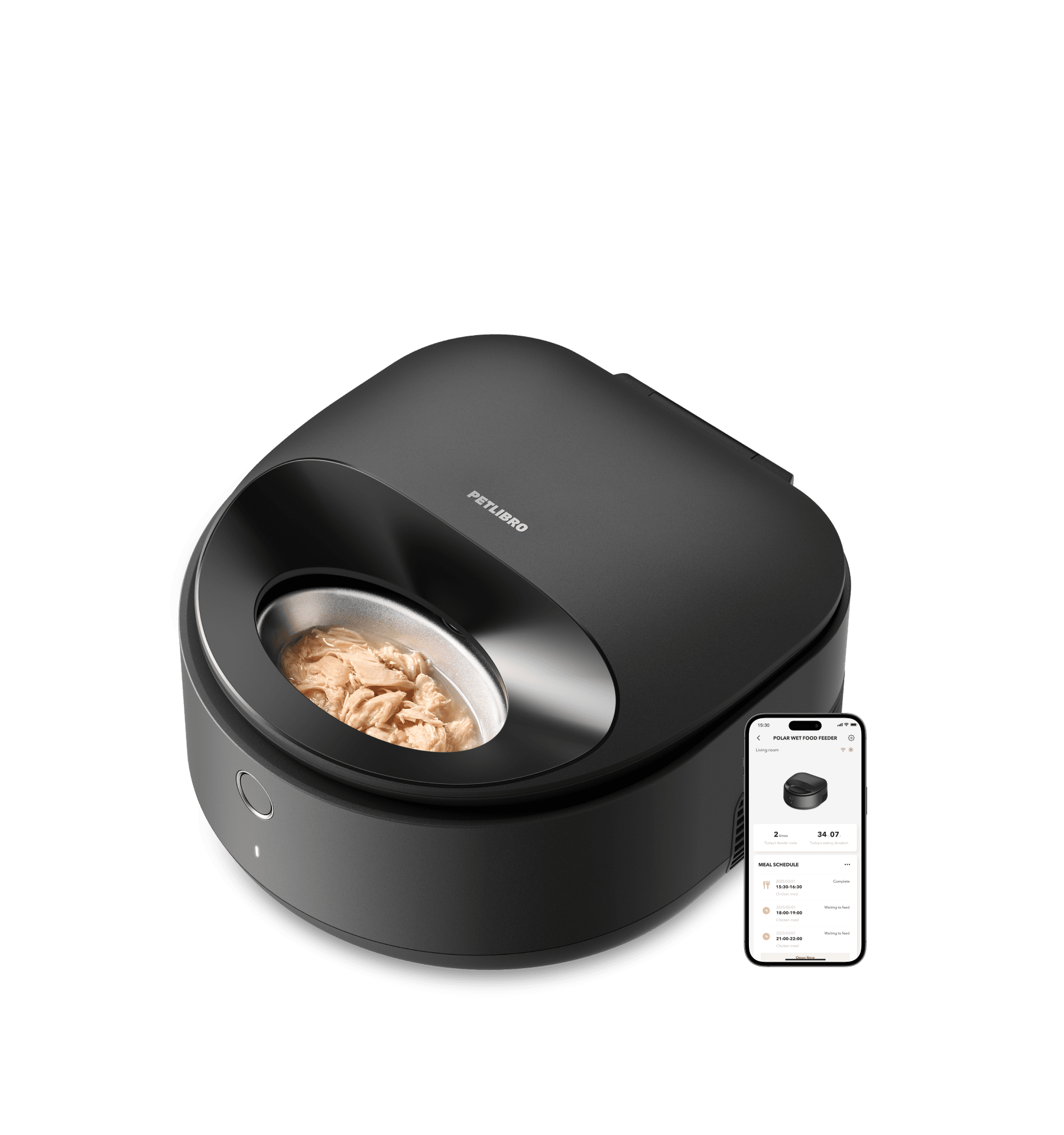
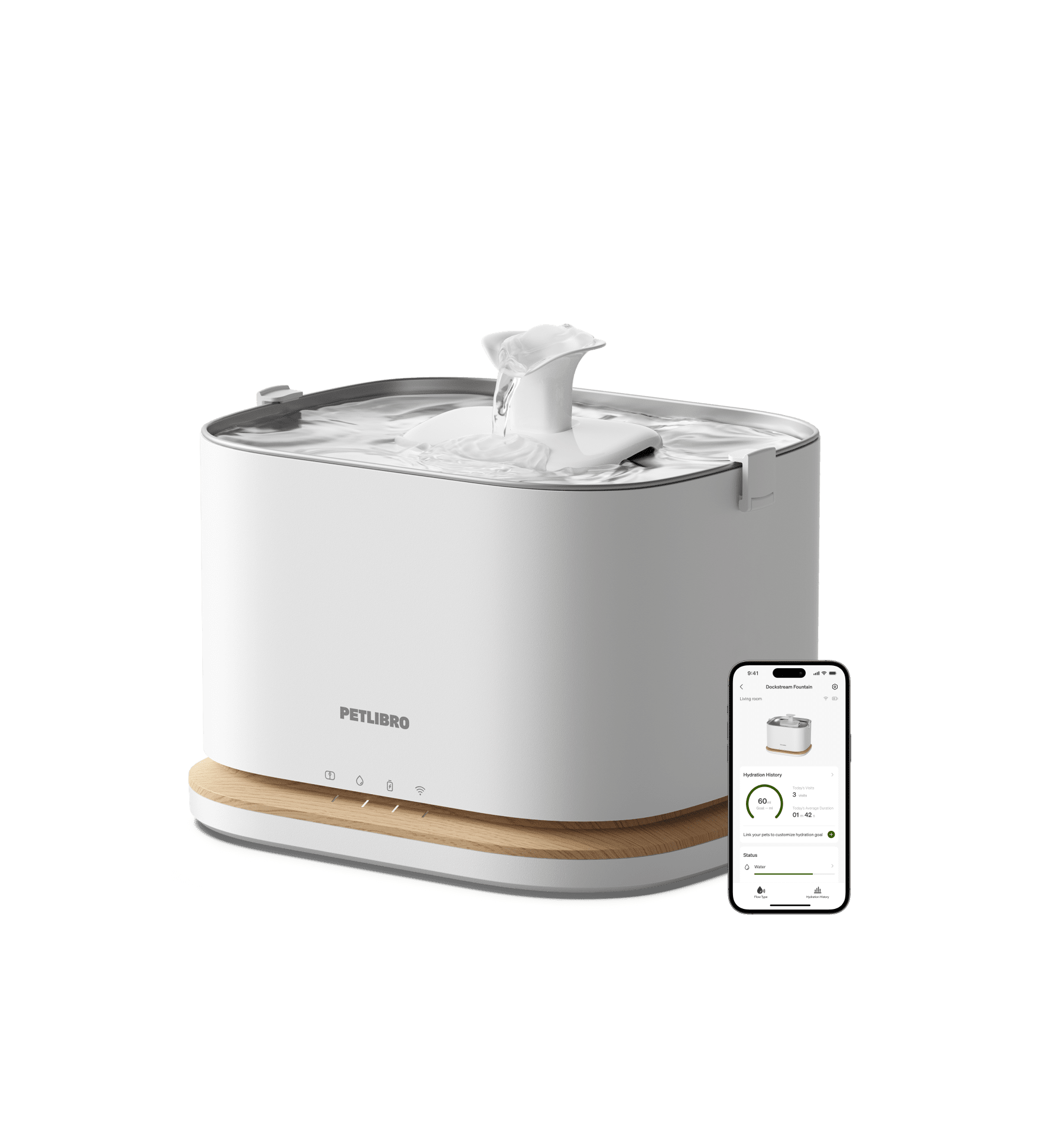
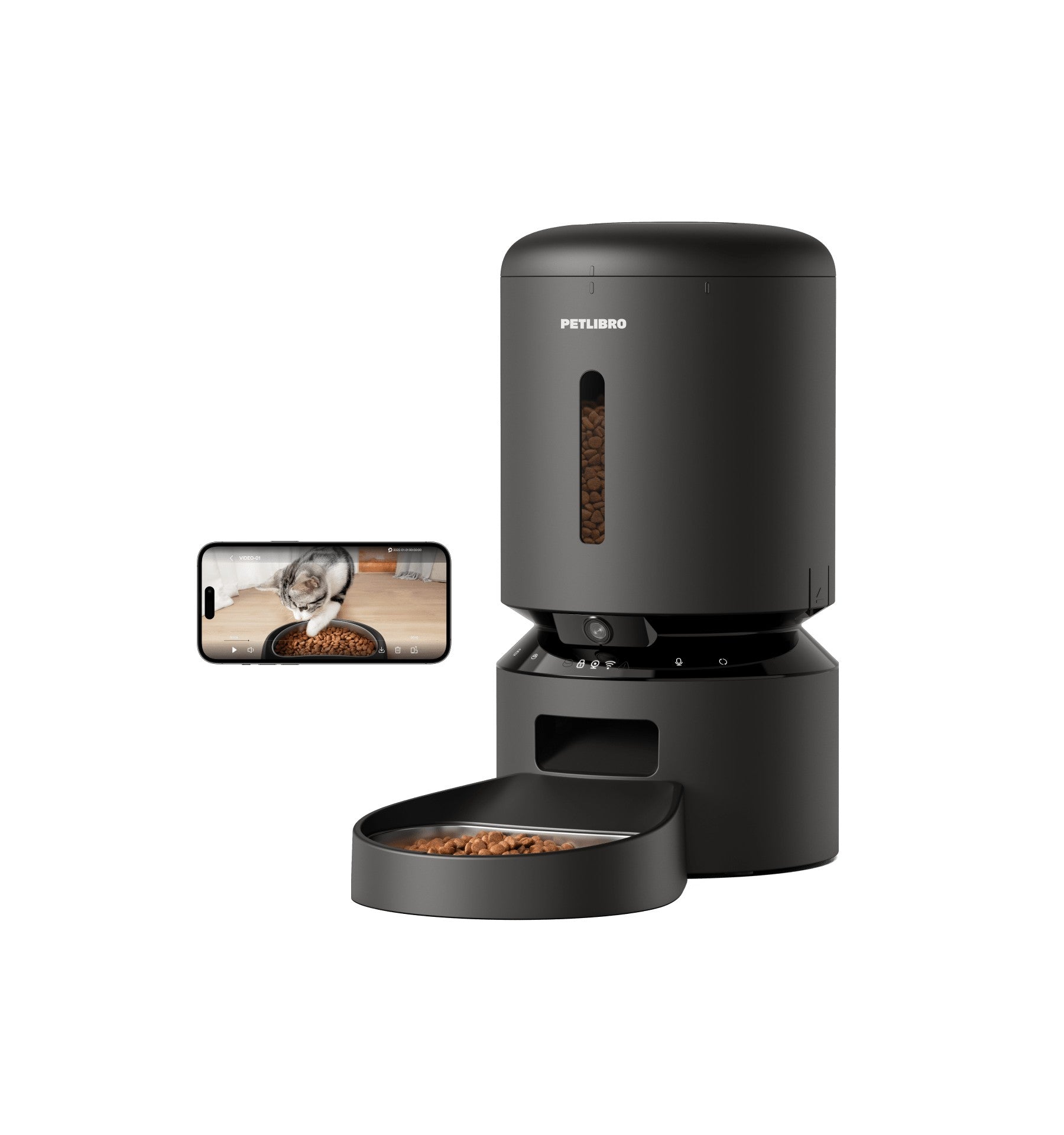
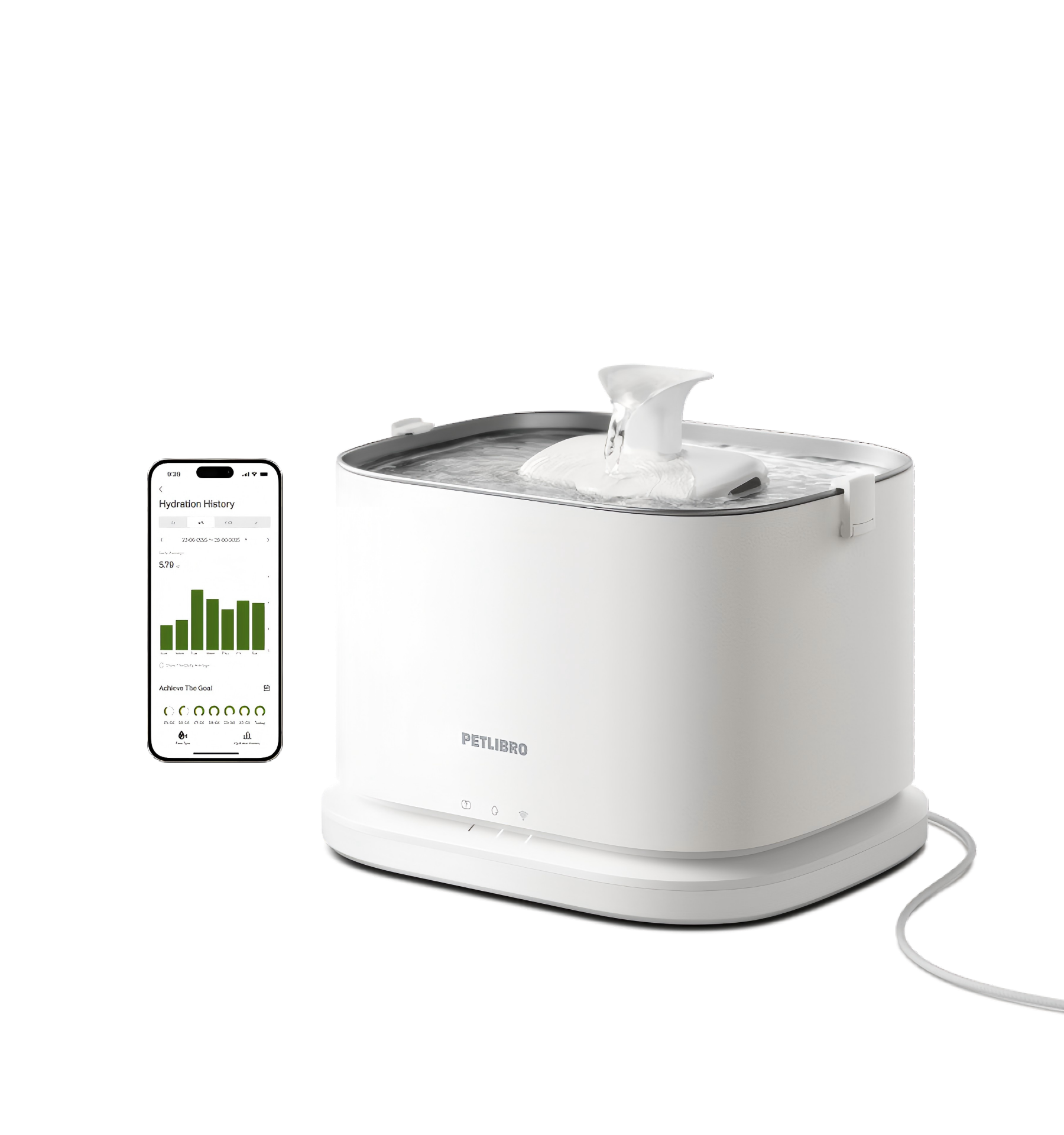
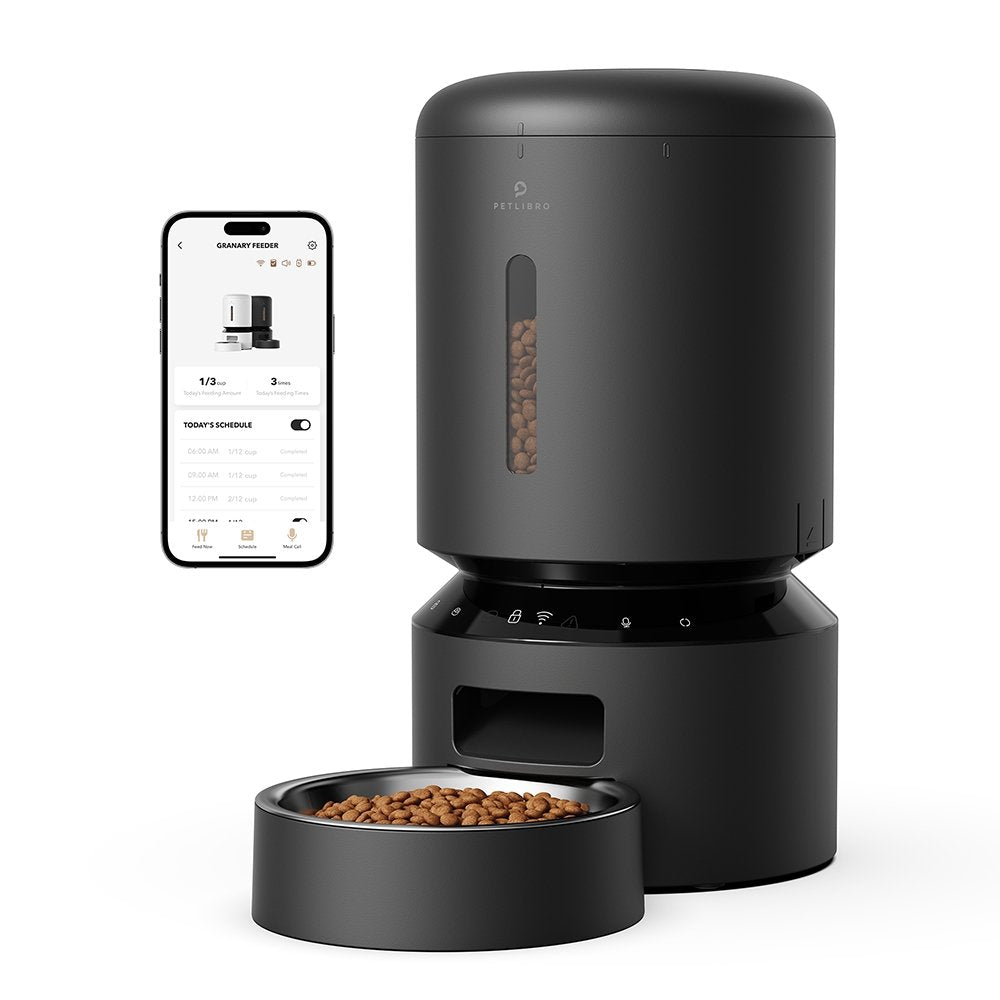
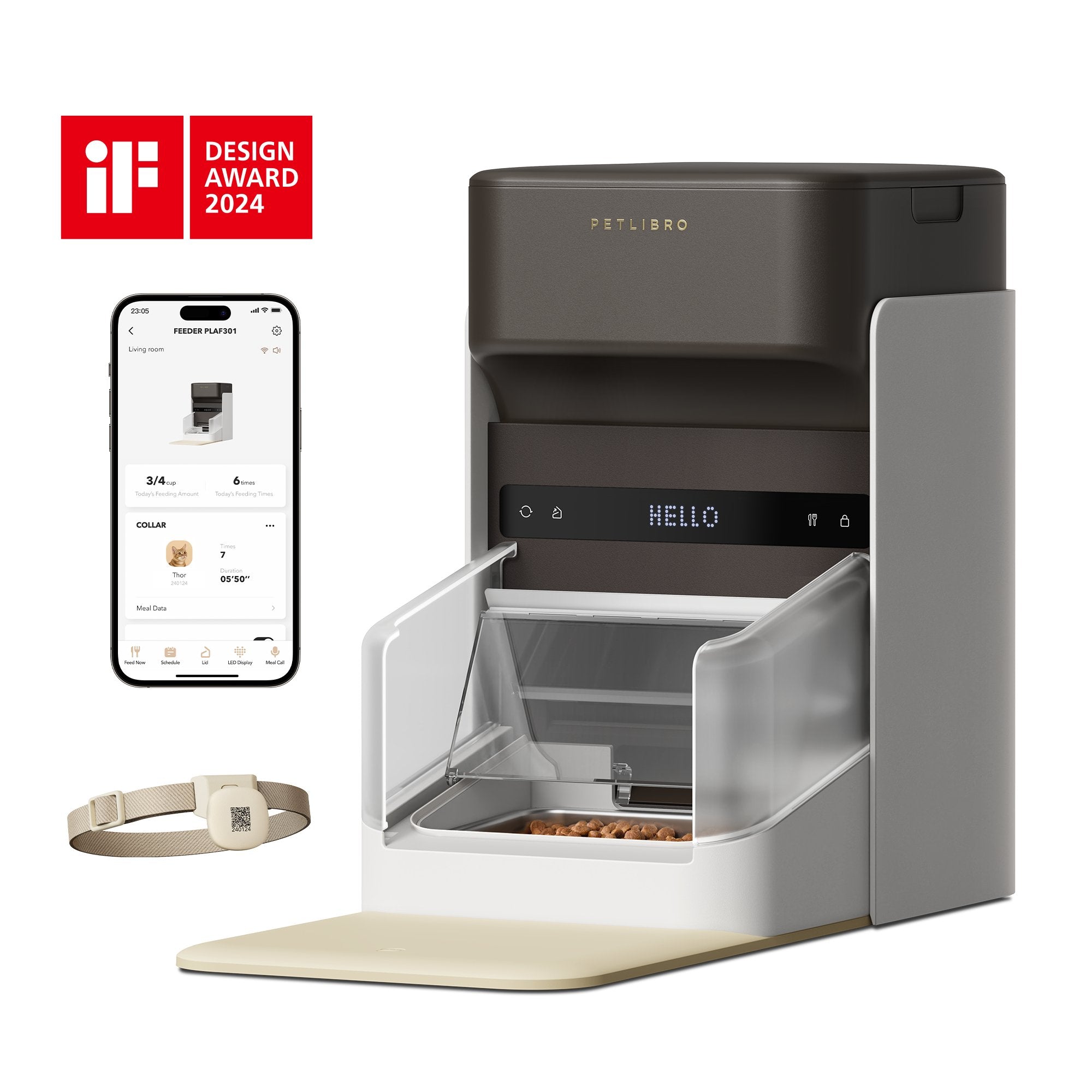
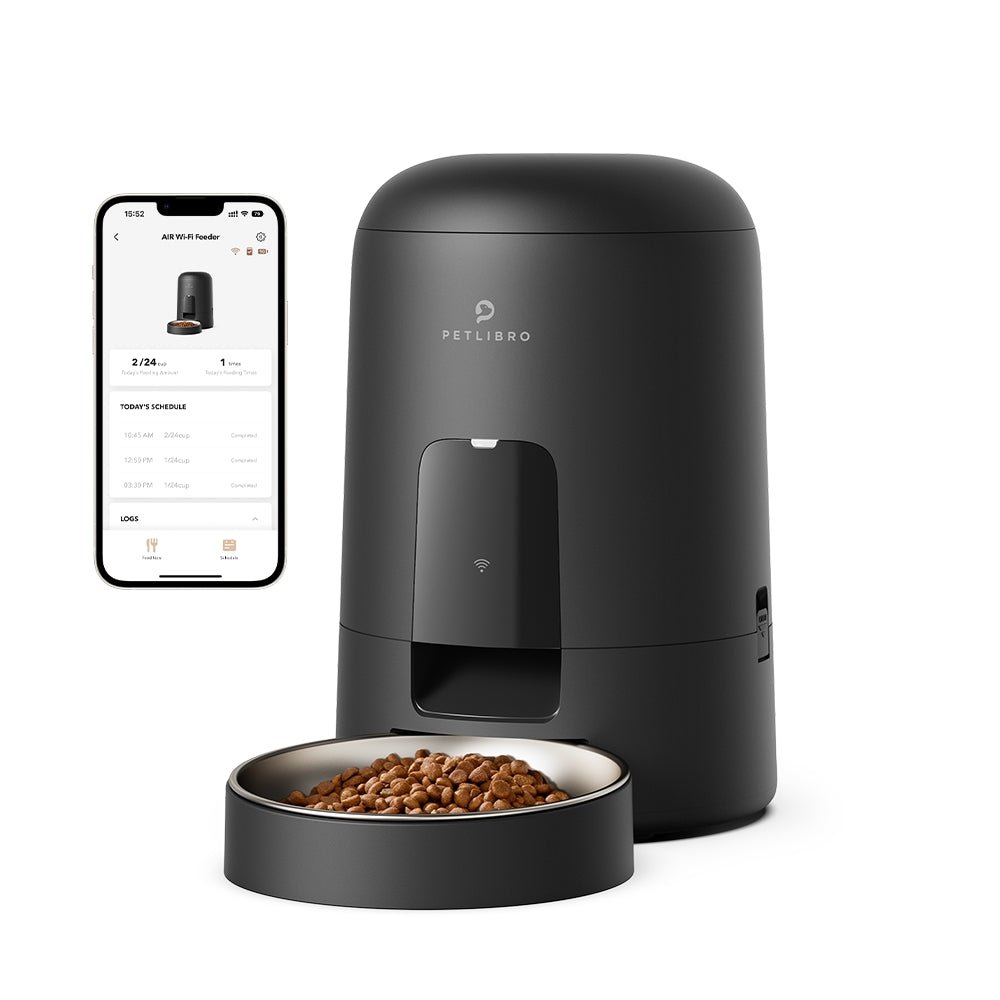





















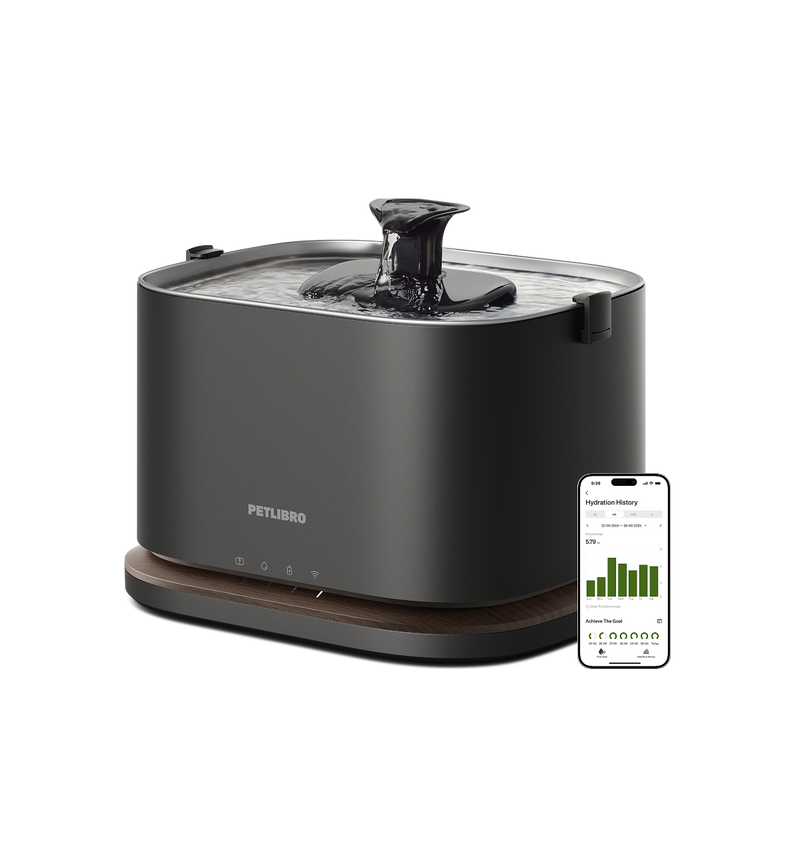
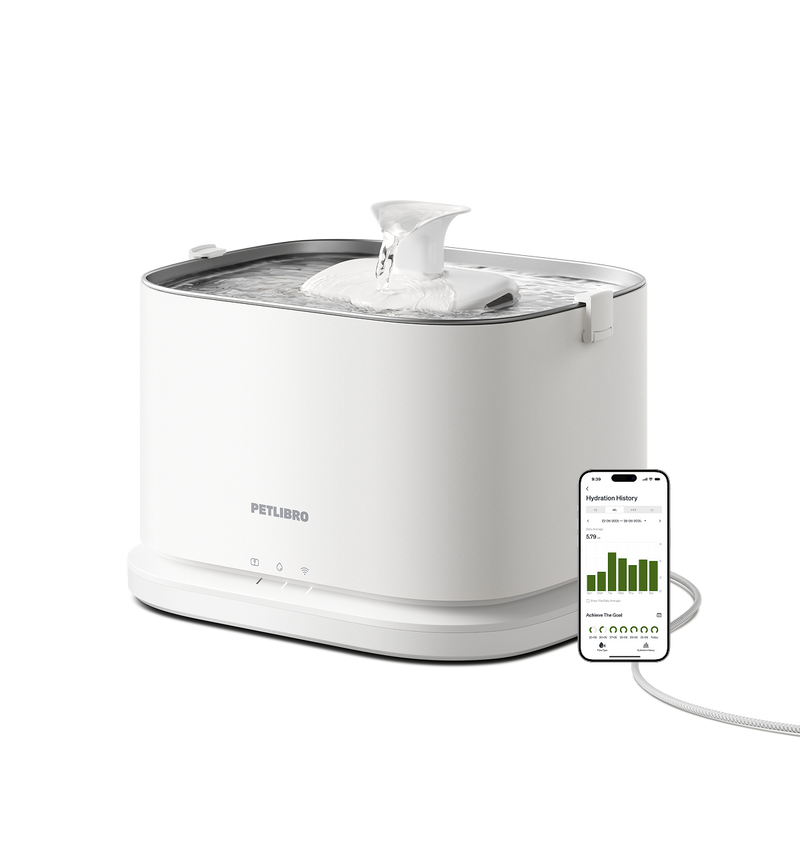
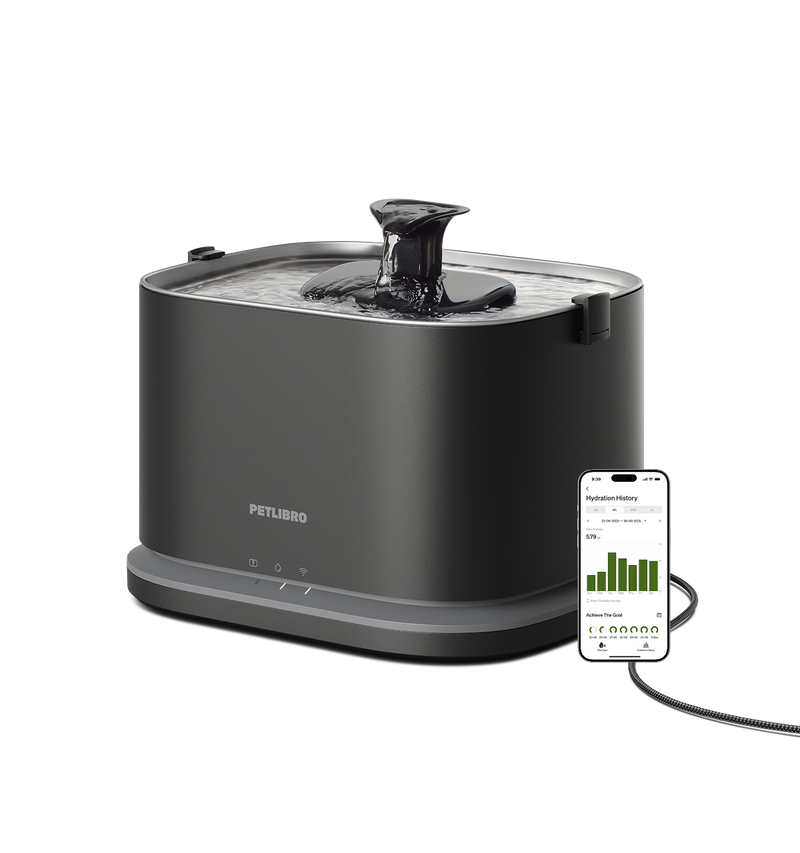










By subscribing, you agree to receive email marketing from Petlibro. Privacy Policy | Terms of Service


*Voucher is non-refundable and only one can be used per order, starting 11/13.


By subscribing, you agree to receive email marketing from Petlibro. Privacy Policy | Terms of Service


Code is valid for 72 hours and can be used for one order only. Code can’t be combined with other codes.
Discounts cannot be used toward new product launches.
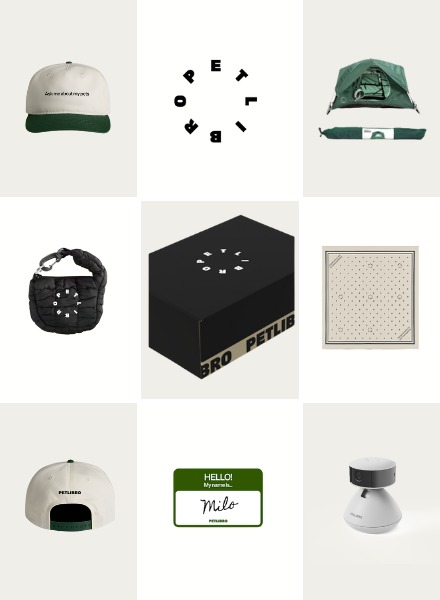
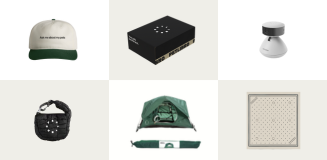
Open to legal U.S. residents, 18 years or older. Void where prohibited. Giveaway begins on 08/26/2025 and ends on 09/15/2025 at midnight PST. Three winners will each receive a limited-edition Petlibro PR Kit, which includes the Scout Smart Camera and select branded merch. Winners will be chosen at random and notified via Instagram or email (depending on entry format) by 09/30/2025. If a winner does not respond within 48 hours, another may be selected. Odds of winning depend on the total number of eligible entries received. Only one email entry per person will be counted, though additional entries may be submitted through the bonus methods described above. Petlibro is not liable for any issues that arise from participation or use of the prize. Personal information will be collected and handled in accordance with our Privacy Policy.



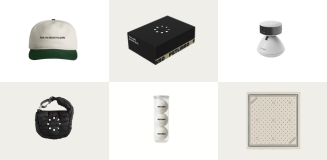
Open to legal U.S. residents, 18 years or older. Void where prohibited. Giveaway begins on 08/26/2025 and ends on 09/15/2025 at midnight PST. Three winners will each receive a limited-edition Petlibro PR Kit, which includes the Scout Smart Camera and select branded merch. Winners will be chosen at random and notified via Instagram or email (depending on entry format) by 09/30/2025. If a winner does not respond within 48 hours, another may be selected. Odds of winning depend on the total number of eligible entries received. Only one email entry per person will be counted, though additional entries may be submitted through the bonus methods described above. Petlibro is not liable for any issues that arise from participation or use of the prize. Personal information will be collected and handled in accordance with our Privacy Policy.


As a responsible pet owner, it's essential to ensure that your cat is drinking enough water to maintain their health and well-being. However, getting cats to drink more water can be tricky, especially when using traditional water bowls.
Luckily, water fountains for cats provide an engaging and appealing way to encourage cats to drink more water while promoting optimal hydration. In this article, we will share tips and strategies for maximizing your cat's water consumption and maintaining its overall health through the use of water fountains and other hydration strategies.
By implementing these approaches, you'll help keep your furry friend both happy and healthy, making every day more enjoyable for both you and your cat.

Ensuring your cat has accessible, appealing sources of fresh water is an important part of keeping them properly hydrated. Here are some ways to provide water your cat will actually want to drink:
When shopping for a cat water fountain, there are many factors to consider. With so many options on the market, choosing the right one can ensure your furry friend stays hydrated for years.
First, decide what fountain features matter most. Simple designs filter the water, while more advanced fountains aerate and sanitize it. Materials differ in durability - plastic is cheap but wears out faster, while stainless steel lasts longer.
Maintenance demands also vary greatly. Fountains with more parts take longer to clean, so look for wide bases and removable bowls for easy wiping. Electronic components require replacing filters regularly, so consider that effort.
But durability really determines how long a fountain will serve you well. Those with thick, robust pumps; solid construction; and sturdy seals tend to outlast the competition. Upkeep - tedious as it may be - is key to maximizing a fountain's lifespan.
Ultimately, look for a fountain that offers the basics well: freshly filtered water at an attractive depth, simple cleaning and parts replacement, and resilience that can withstand an enthusiastic kitty. While price doesn't guarantee the quality, spending extra on a trusted brand like PETLIBRO likely means you'll get a fountain that fulfills hydration needs for years. Do some research, read reviews on different models, and imagine how the fountain might integrate into your care routine. With the right pick, you'll enjoy a happily hydrated cat for a long time.
While caring cat owners make water readily available, some felines still resist drinking enough. Here are creative ways to make water more fun and engaging for your furry friend:
By incorporating these interactive and engaging elements - trickle towers, bobbing toys, ice cubes, and flowing fountains - you can transform plain old drinking water into an exciting part of your cat's daily routine.
Ensuring your cat drinks enough water is an important part of pet care. Here are ways to monitor your cat's hydration levels:
Watch for signs of dehydration like increased thirst, lethargy, weight loss, and darkened or concentrated urine. Severe dehydration can cause sunken eyes, weakness, rapid breathing, and a dry mouth/nose. Take your cat to the vet immediately if any of these occur.
Track how often and how much water your cat is consuming. Most cats need around 50-70 ml of water per 1 kg of body weight per day. Weigh water bowls before and after your cat drinks to estimate intake. Also, note how frequently your cat uses the bowls.
Consult your veterinarian regularly about your cat's hydration. Vets can assess potential health issues impacting water consumption and recommend strategies to increase intake. They may test your cat's kidney functions to rule out underlying medical conditions.
Issues like kidney disease, hyperthyroidism, diabetic insulinoma, and inflammatory bowel disease can all cause cats to drink less water. Age-related decline in kidney function may also reduce thirst. If you are using a smart water fountain for cat, that will be more clearly.
You can detect early signs of potential dehydration by regularly monitoring your cat's water intake, weight, body condition, urine color, and overall energy levels. Combined with regular vet checkups and recommended tests, you'll ensure any medical conditions arising are promptly identified and treated, keeping your furry friend active and healthy for as long as possible.
By implementing these tips to maximize your cat's water consumption through accessible sources, interactive fountains, fun toys, and close monitoring for signs of dehydration and health issues, you can ensure your furry friend enjoys optimal hydration and wellness for many years.